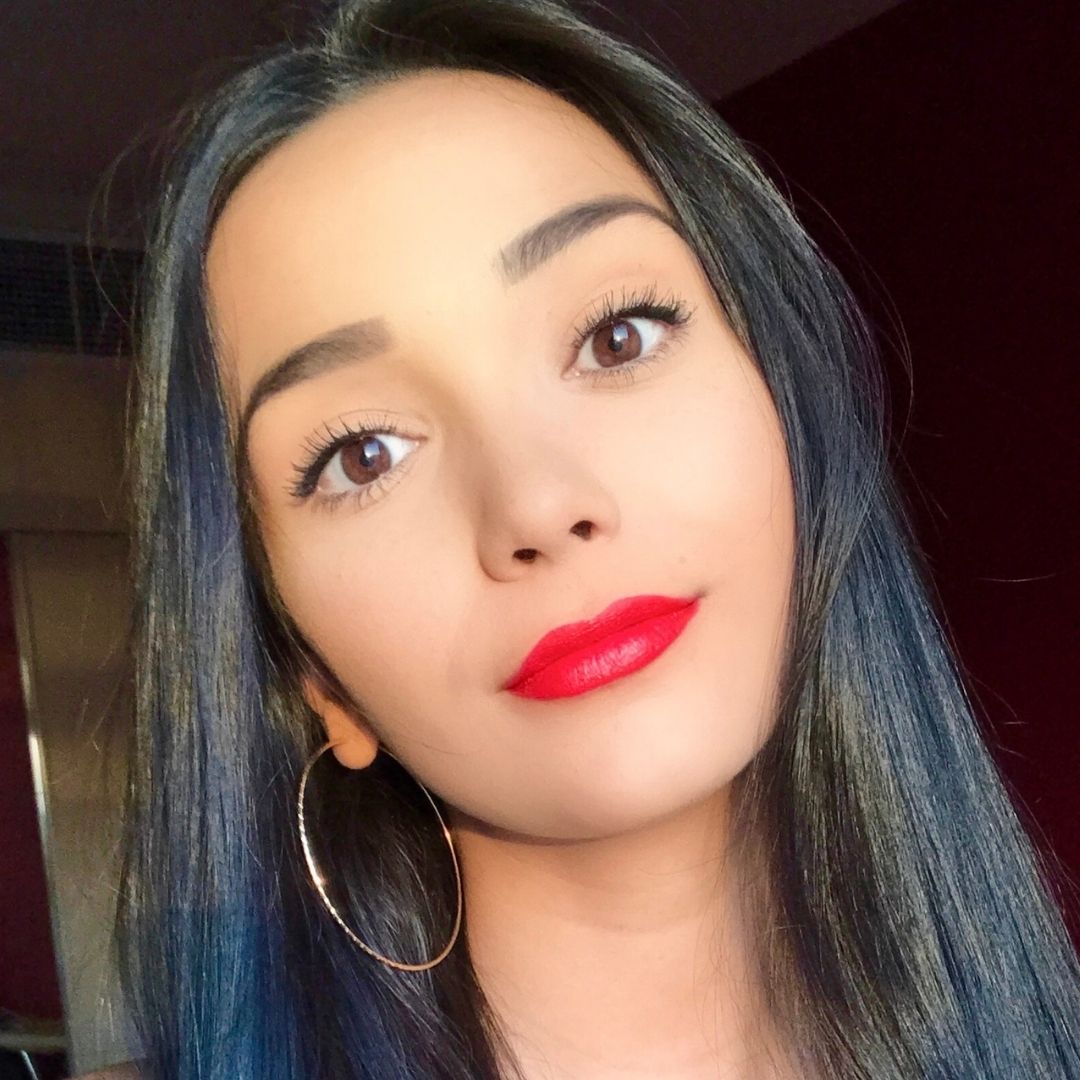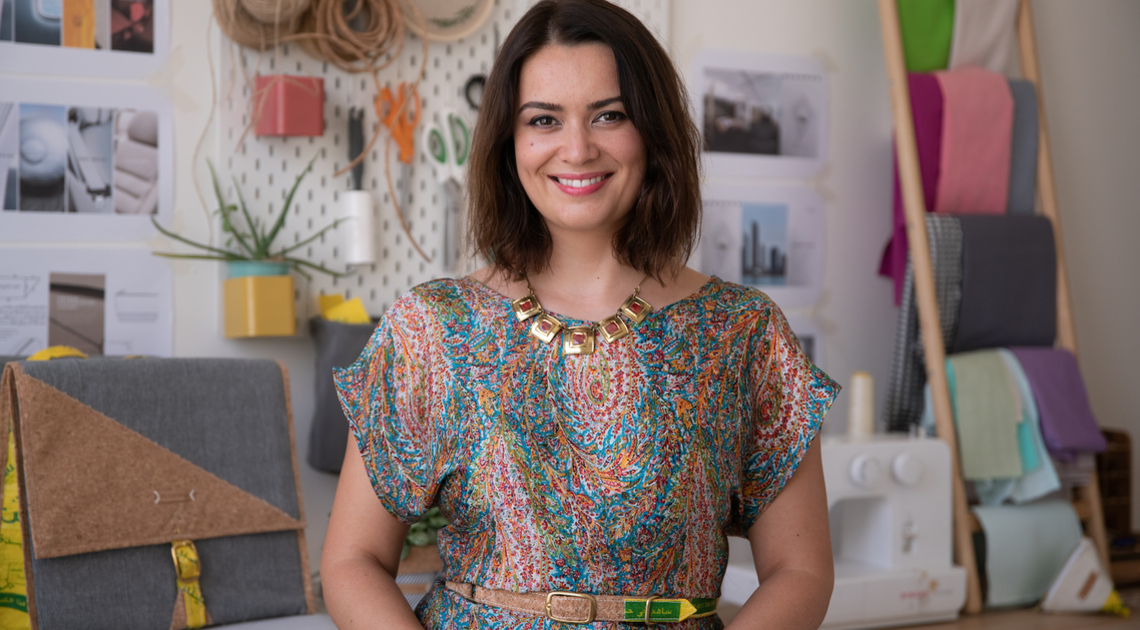
Christine Wilson is the creative force behind up-and-coming local bag brand, PEAHEAD.eco. She had the brilliant idea to combine her love for couture purses with recycling and has seamlessly (not literally! Pun intended) incorporated the iconic Spinneys bag into a fashion statement of her own. We had the chance to catch up with her and discuss her venture.
Where did the inspiration for the upcycled bags come from? Especially the idea to incorporate the bright yellow of Spinneys’ bags!
I assume it’s unusual to say that the fashion design wasn’t intentional but that’s the honest truth! I encountered the Spinney’s bags when I first came to Dubai less than a year ago and understand that they hold an almost iconic presence here in the UAE. I learned through a conversation with a beautiful arts journalist that the distinctive yellow and green design has remained the same for decades and is therefore a familiar and recognisable part of a culture that spans several eastern countries. As my primary aim was to reuse and recycle, I decided to pair the bright yellow of these waste bags with more natural tones. Much like how the bags’ traditional Arabic calligraphy juxtaposes with its modern print, it’s contrasting elements which make for interesting and contemporary designs.
Can you tell us a little about the materials you use?
Alongside recycled materials, I was searching for something that could act as a leather substitute. I wanted something equally as luxurious and durable but with better eco-friendly credentials… Cork is the one! It is ethically harvested from oak trees as the bark grows back without harming the tree and is sustainable, stain resistant, durable and lightweight.
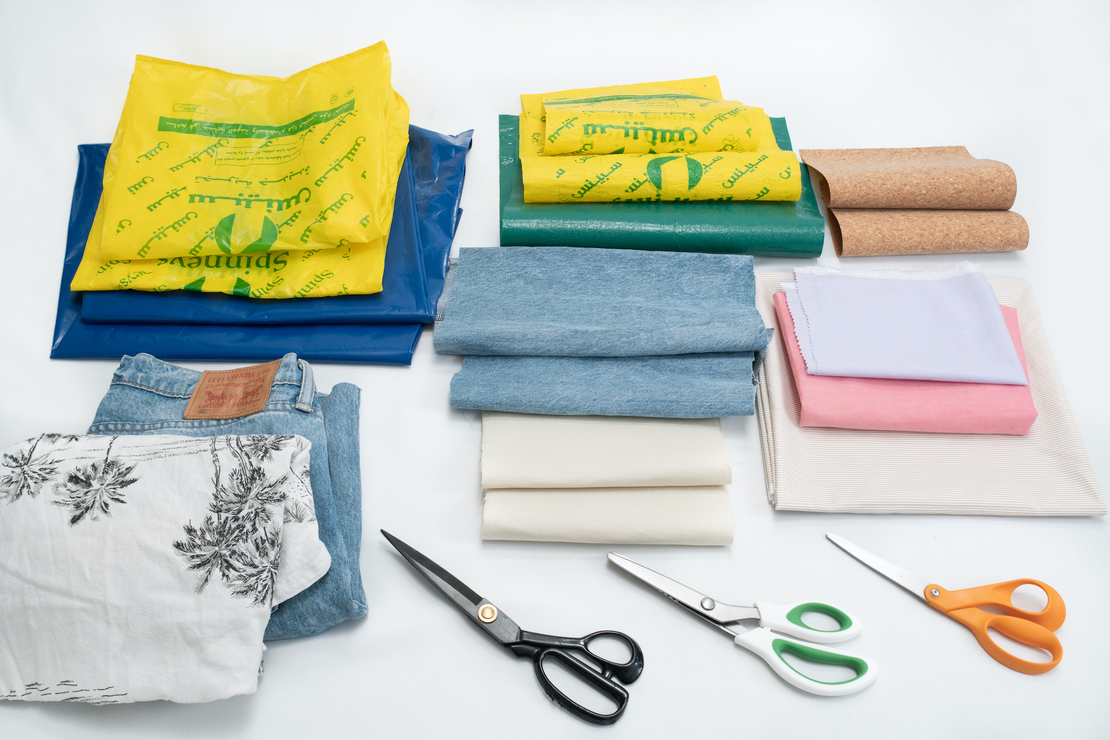
I employ cork leather in my designs to yield a soft, natural feel which is as aesthetically pleasing as it is practical.
For hardware I choose brass as it is one of the world’s most recycled metals, being more resource-heavy to create than to repurpose. It’s an expensive choice but the quality speaks for itself. I’m constantly discovering new materials to work with as there is so much that already exists which can be reused. The wonderful Thrift for Good (which collects pre owned clothing in Dubai to sell and raise money for Gulf for Good) keeps items they can’t sell for me to repurpose.
When designing a bag, what inspires you?
For me, the materials dictate the design to a certain degree. Having the dedicated time during lockdown to learn new practical skills and create with my own hands was a joy. Now with each project I find myself pushing into new territory borrowing skills from leather, wood, metal and wax works to produce unique and useful items. I’ve heard that Arabic Calligraphy is both an art and a practical way of thinking. I hold an affinity to this in my design process as it is both a creative endeavour and a practical way of living sustainably. The PEAHEAD.eco ethos is one of gratitude; we develop designs with a cultural and emotional connection, encompassing eco, green, ethical and sustainable practices.
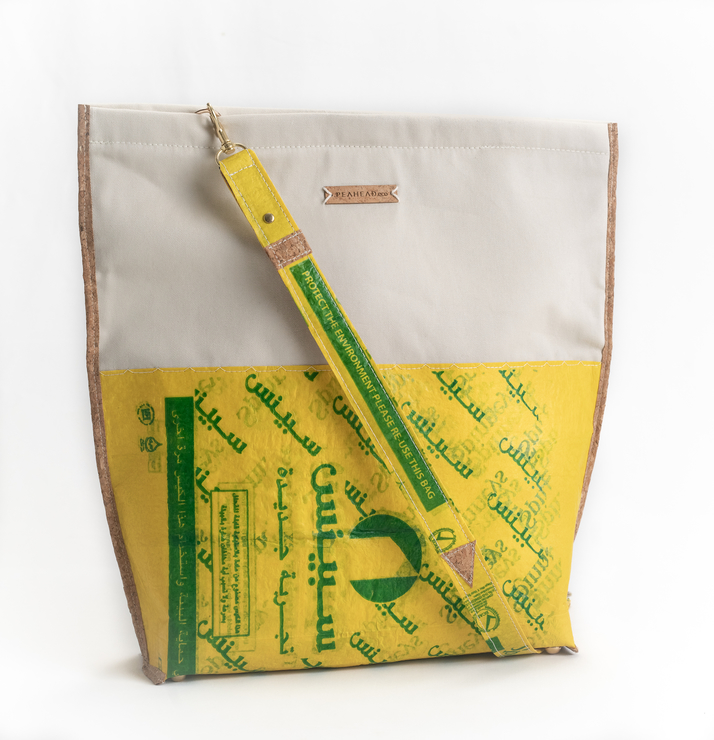
Who is the person you design for? How do their bags work stylistically with an outfit?
We have a range of clients from teachers who love the tote bags to artists who prefer to order bespoke, with unique one-offs most popular. One client, who is a bag collector, has travelled extensively and keeps hers as ‘the one from Dubai’. It is a real honour knowing she chose mine out of all the options! I’ve admired my belt design and bag on a stylish customer wearing white linen, a silk blouse and chunky gold jewellery; she described her style as Dubai daytime chic! Equally, the bags will complete an eclectic look – when I test a design on myself, I use it daily and usually find it compliments the multitude of bright colours I like to put together.
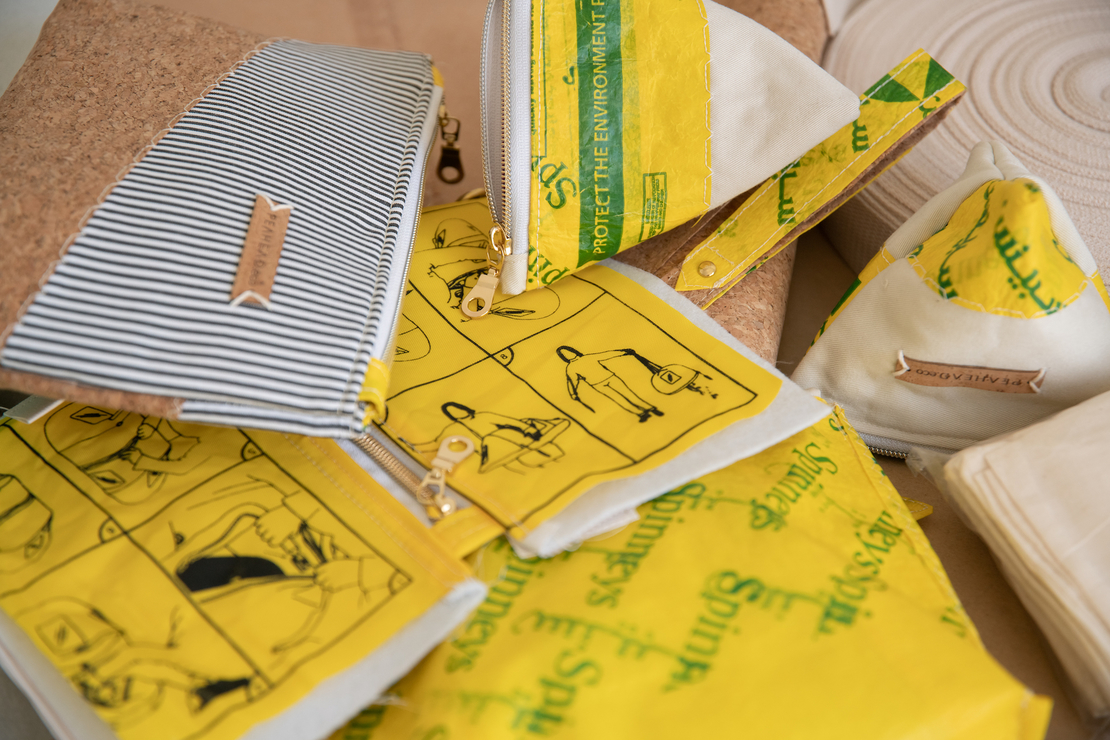
Can you tell us about the Slow Fashion Season? How do you get involved?
More and more people now care about who, where and how their clothing is being made. Fast fashion unfortunately supports harsh working conditions in which primarily women and children work, earning less than 4 per cent of the retail value. In terms of the environmental damage, over 8 per cent of total greenhouse gas emissions are produced by the apparel and footware industry which is the largest polluter of water after agriculture. Slow Fashion is our solution. The conscious consumer knows that “your purchase is your vote” and we can vote to be part of the solution and not the problem.
By joining the Slow Fashion Season you pledge for 3 months to make these 4 positive choices:
• Support sustainable, local, small fashion labels
• Trade, upcycle or DIY clothing
• Avoid buying from fast fashion brands
• Buy second-hand or vintage clothing
Uniting as a collective, to take this pledge together, we can make real change. And, there’s the added bonus of discovering incredible local businesses and building a community of like-minded caring people around you. I’m constantly inspired and motivated by this movement.
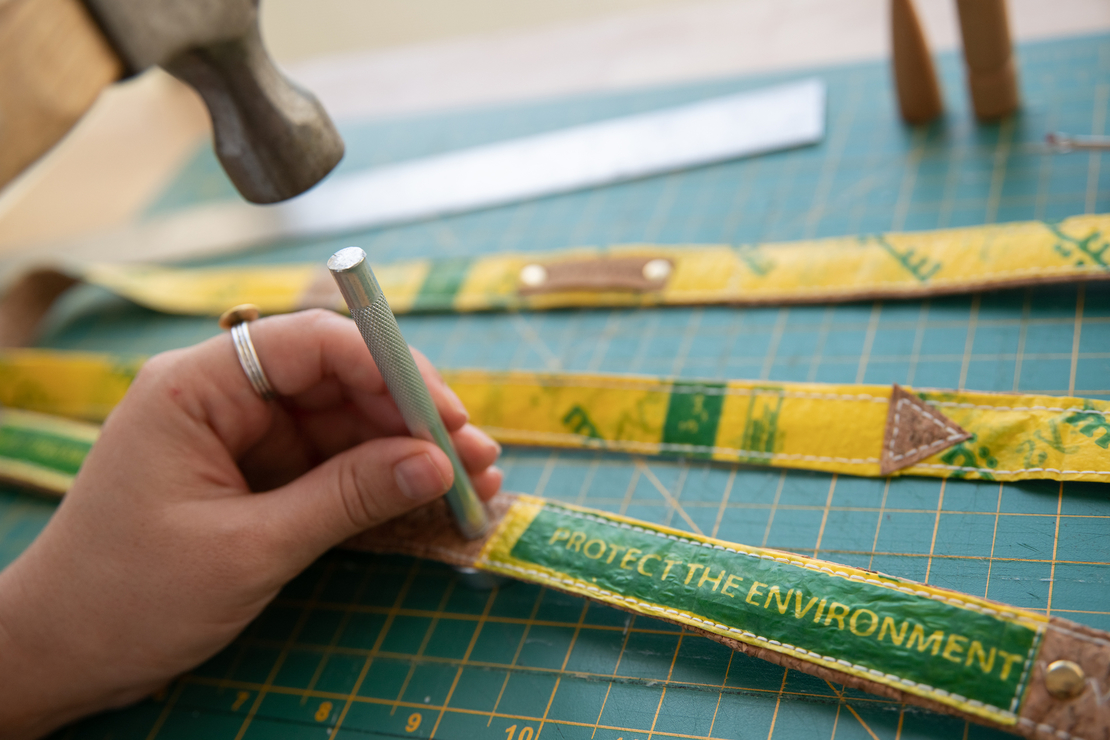
My mum was always conscious of ecological issues so I was brought up with an understanding of how plastic negatively impacts the environment. During lockdown, it didn’t take long for me to realize that this is a unique moment in time, and even perhaps an opportunity, for those of us fortunate enough to have the resources and time, to do better. I knew that I wanted to make more positive, sustainable choices. As a planet, we create inconceivable amounts of waste, and all of it remains here on the planet in one form or another. So, instead of allowing these things to end up causing harm to the environment and, eventually, to us, I wanted to add value to them again. This process takes time; unlike fast fashion, slow production ensures high quality manufacturing which lengthens the life (and love!) of a product.
What kind of sustainable decisions do you make in your everyday life? Why is this project important to you?
Purchasing from local small businesses is one of the easiest and most satisfying sustainable choices I make regularly. For example, I know that each bar of soap I choose to buy provides a living for its maker, is not tested on animals, isn’t packaged in plastic, is only transported locally and is made of ingredients the producer has paid close attention to. It’s soul-nourishing to make these positive decisions that do good instead of harm. Giving back is equally important so I have created a doggy line of collars and leads which support local charities Animal Action and SNIFF who work tirelessly to help stray and abandoned animals nationwide.
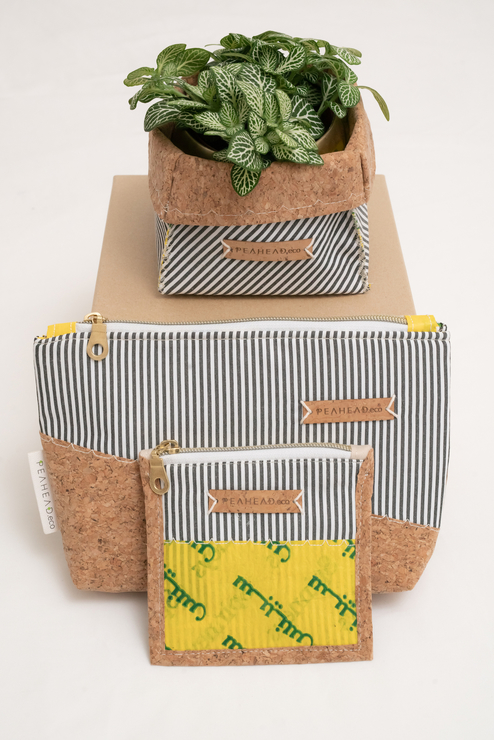
And, finally, what are your plans for the future? We hope there are more designs in the making!
I’m excited to be part of Dubai Design Week 2020 and am actually currently planning a workshop to share my skills and my love for upcycling. Sandstorm, the UAE home-grown automotive company which is committed to sustainable practices, are providing would-be-waste airbags and seatbelts for us to repurpose. Participants of the workshop will leave with a bag they have made themselves from unique materials, having contributed to a circular, less wasteful economy. Currently I am working on a larger design project incorporating aircraft interiors which may lead to an installation in a prominent UAE airport… watch this space! I want to emerge from this unique moment in time having played a part in remaking our world and further building a sustainable life. We all love this planet and by giving would-be-waste materials another life we can inspire others to see value in everything around us. Let’s keep the craft of re-making and repairing alive as Green really is the new Black!
Photos: Ian D Murphy



